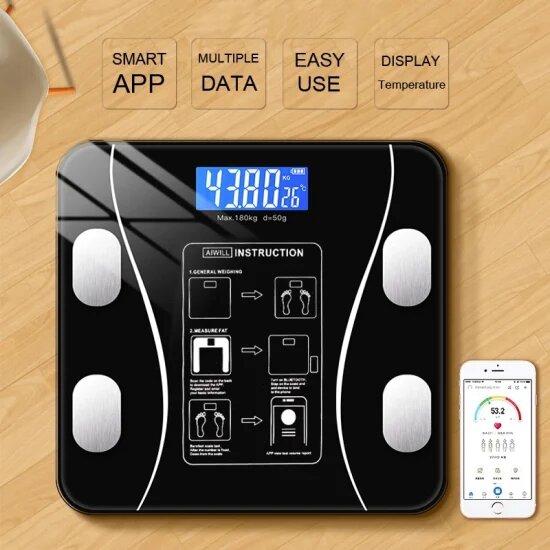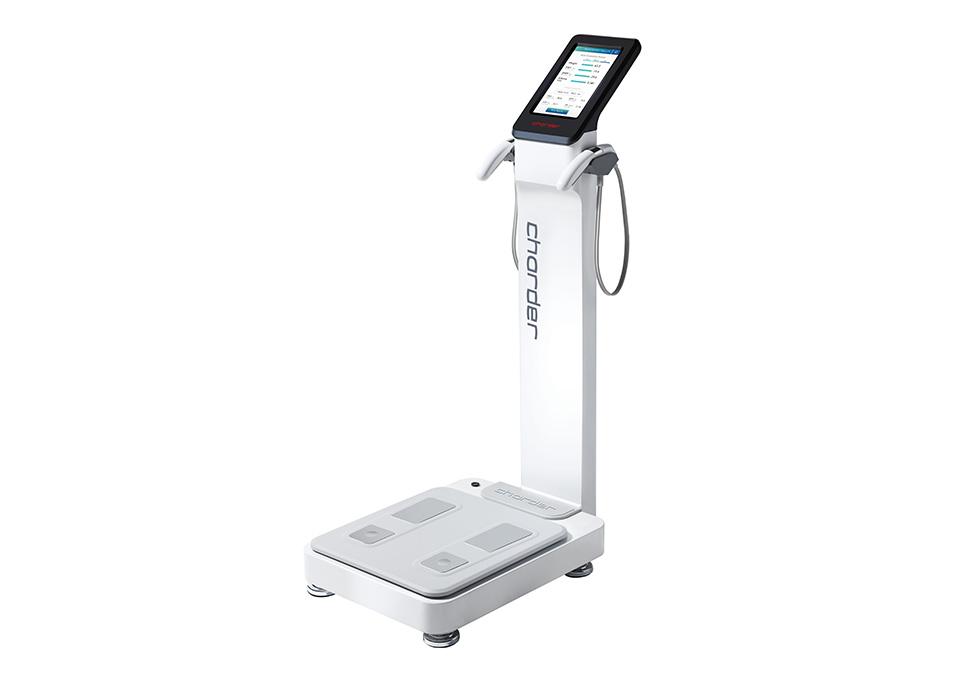In the pursuit of weight loss, understanding the nuances of body composition is crucial for achieving sustainable and healthy results. While the scale can provide a basic measure of weight, it fails to distinguish between fat, muscle, and other critical components that contribute to overall health and fitness. This is where body composition analyzers become invaluable tools. These sophisticated devices offer a comprehensive view of the body’s composition, enabling individuals to track their progress with precision and insight. In this article, we will explore the best ways to utilize body composition analyzers to effectively monitor weight loss progress, empowering you with the knowledge to make informed decisions on your journey to better health. Whether you’re a fitness enthusiast or just starting your weight loss journey, understanding how to leverage these tools will be key to achieving your goals.
Understanding Body Composition Analyzers and Their Role in Weight Loss
When embarking on a weight loss journey, the scale alone can be a deceptive measure of success. Body composition analyzers offer a more comprehensive understanding by measuring not just weight, but also the breakdown of fat, muscle, bone, and water in the body. These devices employ technologies such as Bioelectrical Impedance Analysis (BIA), Dual-Energy X-ray Absorptiometry (DEXA), and Air Displacement Plethysmography (ADP) to deliver insights into how your body is transforming. Understanding these metrics is crucial, as they help identify if weight loss is coming from fat, muscle, or water, allowing for a more targeted and effective approach.
- Fat Mass: Knowing the percentage of body fat helps distinguish between healthy weight loss and loss that may compromise muscle mass.
- Lean Body Mass: This metric ensures that muscle mass is preserved, which is vital for maintaining metabolic rate and overall strength.
- Body Water Percentage: Monitoring hydration levels is key, as fluctuations can affect both weight and performance.
- Visceral Fat: Understanding the amount of fat stored around organs can help assess health risks associated with abdominal fat.
By leveraging these tools, individuals can set realistic goals, tailor their diet and exercise plans, and ultimately achieve sustainable weight loss. Body composition analyzers provide a clearer picture of health beyond the numbers on a scale, making them indispensable for anyone serious about understanding their body’s unique changes.

Selecting the Right Body Composition Analyzer for Accurate Measurements
When it comes to achieving precise results with body composition analyzers, selecting the right device is crucial. Consider the following factors to ensure you make an informed choice:
- Technology Used: Different analyzers use various technologies such as Bioelectrical Impedance Analysis (BIA), Dual-Energy X-ray Absorptiometry (DEXA), or Air Displacement Plethysmography. Each method has its own level of accuracy, so choose one that aligns with your needs and budget.
- Measurement Parameters: Ensure the analyzer measures key metrics such as body fat percentage, muscle mass, bone density, and hydration levels. Comprehensive data can provide a holistic view of your progress.
- User Profile Capacity: If multiple people will use the device, check how many user profiles it can store. This feature is beneficial for families or small fitness groups.
- Connectivity Features: Many modern analyzers come with Bluetooth or Wi-Fi connectivity, allowing seamless data syncing with apps for tracking and analysis. This can greatly enhance the user experience and motivation.
- Portability and Ease of Use: Consider the size and weight of the device if you need to transport it. Additionally, a user-friendly interface can make regular use more convenient.
Investing in a high-quality body composition analyzer tailored to your specific goals and lifestyle can significantly enhance your weight loss journey, providing accurate and insightful measurements to keep you on track.

Interpreting Data from Body Composition Analyzers for Effective Progress Tracking
Understanding the nuances of data from body composition analyzers is crucial for tracking your weight loss journey effectively. These advanced devices provide insights beyond mere weight, offering metrics such as body fat percentage, muscle mass, and visceral fat levels. To interpret these results accurately, focus on the following key indicators:
- Body Fat Percentage: A decrease in body fat percentage, even if the scale doesn’t show significant weight loss, indicates progress. This means you’re losing fat while potentially gaining muscle.
- Muscle Mass: An increase or maintenance of muscle mass is beneficial, as it helps improve metabolism and overall strength. Tracking muscle mass can help ensure you’re not losing muscle along with fat.
- Visceral Fat: Reducing visceral fat is crucial for health improvements, as it surrounds vital organs. Monitoring this metric can be a strong indicator of improved health outcomes.
By focusing on these parameters, you can set realistic goals and celebrate milestones that might not be reflected by weight alone. Remember, the scale is just one tool in your arsenal—body composition data provides a more comprehensive view of your progress.

Integrating Body Composition Analysis into Your Weight Loss Strategy
Enhancing your weight loss journey with a body composition analyzer can transform the way you understand your progress. These devices go beyond the numbers on the scale to provide a detailed breakdown of your body’s composition, helping you focus on meaningful changes. Here’s how you can effectively integrate this technology into your weight loss strategy:
- Track Changes in Muscle Mass: Instead of just losing weight, aim to preserve or even increase muscle mass. A body composition analyzer helps you monitor muscle development, ensuring your exercise routines are effective.
- Focus on Fat Loss, Not Just Weight Loss: Body composition analyzers measure body fat percentage, allowing you to target fat loss specifically. This is crucial for achieving a leaner physique and improving overall health.
- Set Realistic Goals: With detailed insights into your body’s composition, you can set more accurate and personalized weight loss goals. This ensures you remain motivated and focused on sustainable progress.
- Monitor Hydration Levels: Proper hydration is vital for optimal body function and weight loss. Some analyzers track water retention, helping you adjust your fluid intake accordingly.
By focusing on these metrics, you can tailor your diet and exercise plans to maximize results, ensuring that your weight loss journey is both effective and informed.
